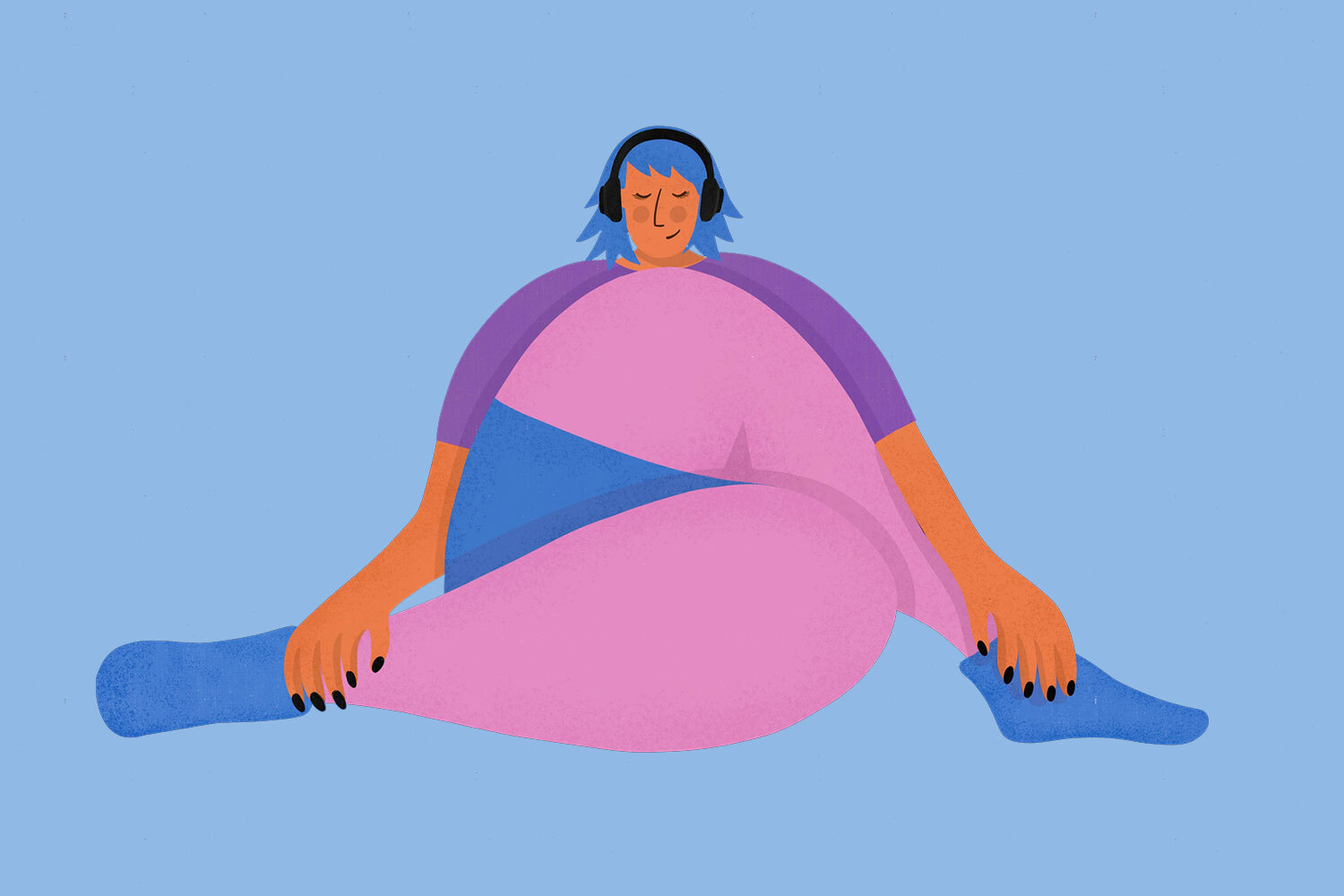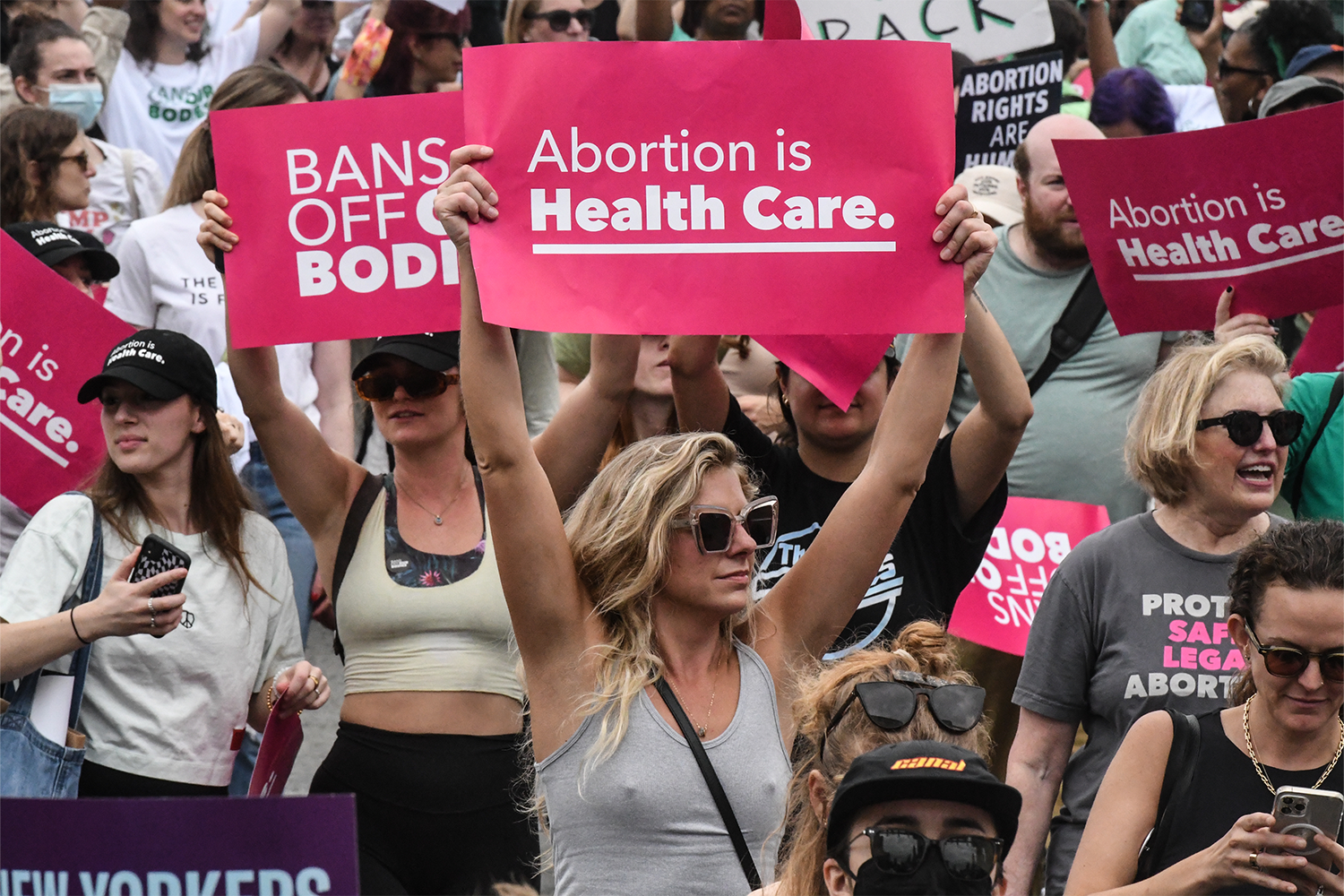How to Take Parental Leave When You’re Self-Employed

Marie Chevrier Schwartz is the founder and CEO of Sampler, the Toronto-based product-experiences company with major clients like L’Oréal and Nestlé. After building the business for eight years, she gave birth to her son in March of 2023 and planned to take a three- to six-month maternity leave. But when the CRA unexpectedly denied her parental benefits, she was forced back to the office only eight weeks after giving birth.
“Before applying, I had no doubt that I would get the benefits,” Schwartz says. “I’ve been contributing to EI since I was 15.” She describes how, in the weeks following her labour and delivery, the CRA conducted an investigation and determined she wasn’t eligible. “I was in total disbelief, but with a newborn in my arms, I just didn’t have the strength to push back.”
Sampler normally tops up employee benefits up to 75 per cent of their salary, but an employee (even the CEO) has to receive government benefits in the first place for that to activate. Schwartz was effectively left with zero per cent of her income, which would have been untenable for a six-month leave. She posted about her situation on LinkedIn, which garnered dozens of comments from other business owners who’d encountered similar scenarios.
Ricardo Chejfec, lead data analyst at Montreal’s Institute for Research on Public Policy (IRPP), has spent the last few years researching EI legislation. “The process of applying for EI can be extremely demoralizing,” he says. “The sheer complexity of the program makes it difficult to maneuver, both for people applying and those administering it.”
Related: More Men Need to Take Leave to Keep Women in the Workforce
Schwartz says the CRA didn’t provide a detailed explanation of its ruling, but that crux of the issue was that, in their eyes, she did not have an “arm’s length” relationship with the business—that is, she wasn’t technically an employee by their definition, and thus didn’t qualify for EI. Schwartz doesn’t know how they reached that conclusion, but was told that her voicemail (which identified her as the CEO of Sampler) and the lack of an “out of office” response to her business email played a part. “They never asked me about my meticulous preparation plan, which would have shown I absolutely could and would step back from my role,” she says. “It seemed like the audit was all about catching me in a mistake, when a conversation would have told them what they needed to know,” she says.
In Canada, there are two streams for accessing EI—one for employees, and one for those who are self-employed. The CRA’s website states that the latter is for people who “run their own business or own more than 40 per cent of a corporation’s voting shares.” But how “running your own business” is defined is something of a grey area and, based on the CRA’s audit of Schwartz’s case, seems to be determined case-by-case.
Unlike full-time employees, self-employed individuals have to voluntarily opt into the program. But Schwartz says that there was no reason for her to believe she’d fall into the self-employed category before applying, since she owns less than 40 per cent of the business and had always been considered an employee by Sampler’s board. Chejfec says he isn’t surprised that Schwartz didn’t know which benefit program she qualifies for, considering the program’s complexity. “I can’t comment on the specifics of Marie’s case, but I can tell you that even people working closely with the program aren’t always clear on how it works.”
Related: How to Take a Mental Health Leave From Work
If it turns out one has been paying into the wrong benefits program, there is an option to claw back some of that money—but in Schwartz’s case, the accounting fees were higher than the refund itself. She’s stopped paying into EI and writes off the amount she’s contributed as a loss. Meanwhile, Chejfec is advocating for simplified EI legislation through his research with the IRPP.
His advice for business owners looking to take parental leave? Crucially, find out if you’re paying into the correct benefit program, which isn’t always straightforward. If you think you might fall into a grey area, get in touch with Service Canada and find out whether you are, from their perspective, self-employed or an employee. If the former, you’ll need to opt in to their special benefits program—and pay into it for at least twelve months before taking money out. “I think they need to make it much clearer who is or isn’t eligible, so entrepreneurs like me can plan for their leave,” says Schwartz. “It shouldn’t be a guessing game.”










